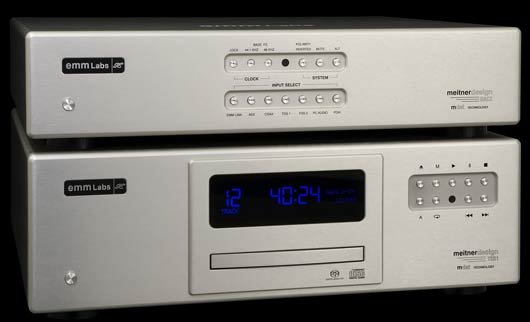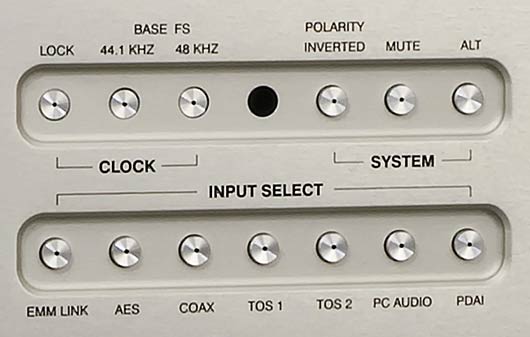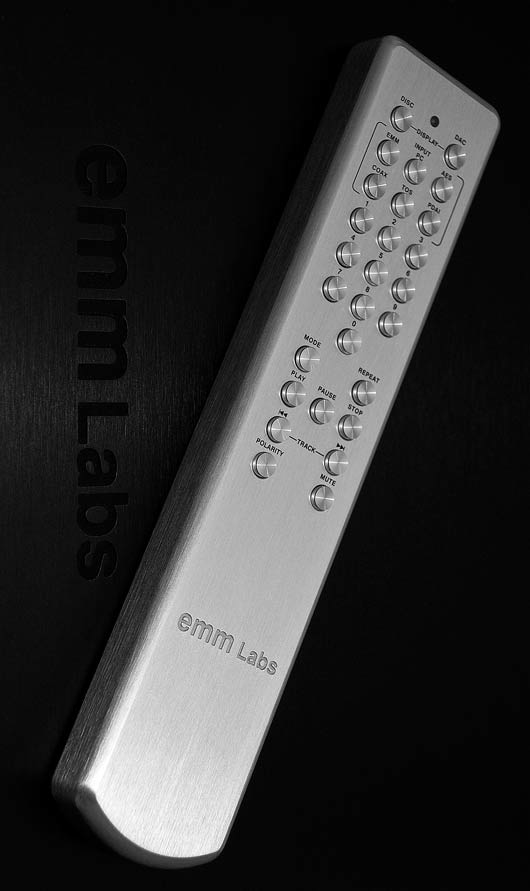We had a chance to compare these two players recently as we were swapping in the DCC2 DAC’s linestage for the Lamm L2 reference linestage [which was getting refreshed for RMAF].
We ran the warm CDSA SE [with broken-in new transport] and then the cold CDSD SE [with the older transport] + DCC2 SE DAC, both through the L2.

We are most familiar with the CDSA on this system, as we have used it quite a bit up here on the Coltrane Supremes loudspeakers these last few months.
Even though the CDSA at $11.5K costs about exactly half as much as the CDSD/DCC2 pair [with its added linestage = inputs for the turntable, for example] it has received such affection from everybody, everywhere, that even we were wondering about the real differences between the two digital front ends.

Well, even completely cold the CDSD/DCC2 pair had greater presence, PRaT, detail, image solidity and soundstage realism, dynamic solidity… you name it. There wasn’t any area in which the pair was not better than the CDSA [if one figures that the linestage in the DCC2 is about a $5K preamp – and it is at least of that quality compared to stand-alone preamps out there, then the pair is only about 50% more expensive than the CDSA – and it’s quality is indeed about 50% better, given the expected diminishing returns at this level of high-fidelity]…
… except…

The CDSD transport
When thinking about WHY the CDSA is so charming – I think [besides the killer price] that it is a little more enthusiastic at the leading edge of each note – or has just a little bit less detail there, which makes it seem a little more dynamic right there at the leading edge. This makes the CDSA seem to sound a little more youthful, and at the same time a little more like other devices in the galaxy of solid-state equipment – a little less analog, but a little more familiar to people used to solid-state or who prefer a little more youthful presentation.
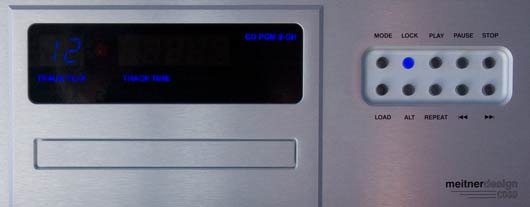
The CDSD transport close-up

The DCC2
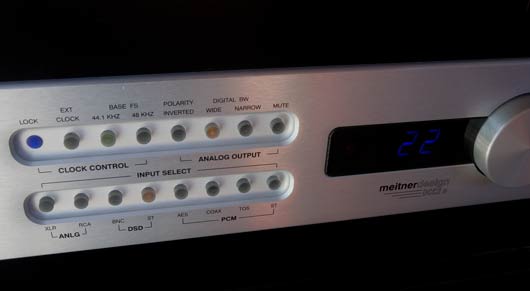
The DCC2 close-up

The CDSA
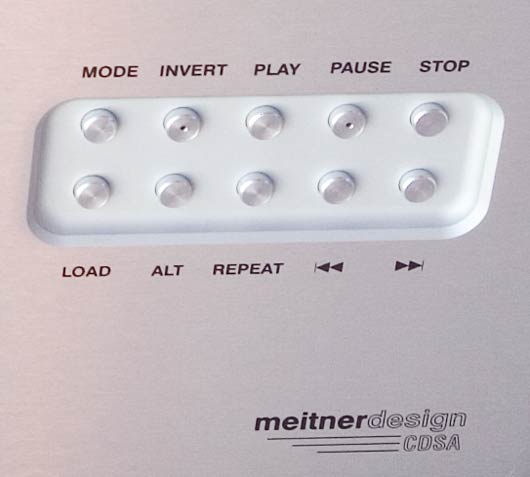
The CDSA close-up
The CDSA is now downstairs on the $90K Audio Note Ongaku integrated amp and $60K Marten Coltrane and it sounds killer. We love this 3-piece system and in fact would like to take this exact system to the RMAF 2009 for one of our small rooms. Sounds great, looks great, … and is a lot easier to move than some of our other systems here… 🙂
The CDSD/DCC2 pair is on $300K Marten Coltrane Supreme system and connected to the $90K Audio Note Kegon Balanced monoblocks, no wait, it is now – this morning, connected to the Lamm ML2.1 amps, … no… wait… 😉

